Shrimp exports in the first 7 months: Accelerating in Asia, facing strong pressure from the U.S
Vietnam Shrimp Exports to the U.S. – the second-largest market after China – are under heavy pressure from tariff policies, causing a slowdown in enterprise orders. Compared to competitors such as Ecuador (15% tariff) or Indonesia and the Philippines (19%), Vietnamese shrimp is gradually losing its advantage with a countervailing tariff of 20%. The shrimp industry is entering a difficult phase as the preliminary results of POR19, announced by the U.S. Department of Commerce in June, showed significantly higher anti-dumping duties for many major enterprises. If these rates are not adjusted in the final results in December, Vietnamese shrimp risks being excluded from the U.S. market.
China & Hong Kong remain the top destinations, with export value reaching 710 million USD (up 78%), accounting for 29% of total shrimp exports. In July alone, exports reached 115 million USD, up 63% year-on-year. Strong domestic demand and robust import recovery, especially for lobster products, combined with geographical advantages and low logistics costs, have enabled Vietnam to compete more effectively with rivals.
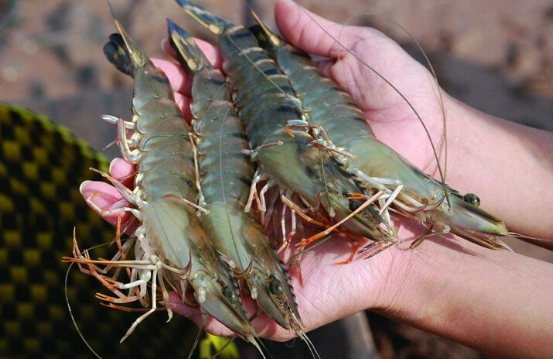
The CPTPP bloc recorded 699 million USD in exports in the first 7 months, up 36% and accounting for 28% of the total. Japan – the largest market within the bloc – reached 320 million USD (up 15%). However, July alone saw a slight decline of 1.4% year-on-year due to the weak yen, which continues to pressure purchasing power. Nevertheless, Japan still favors value-added and ready-to-eat products, helping maintain stable orders. Exports to the EU reached 309 million USD (up 17%), with Germany and France seeing strong increases of 28% and 17%, respectively. In July, exports to the EU reached 57 million USD, up 21%. The bloc benefits from the EVFTA, stable demand as inflation eases, and a preference for value-added processed products. Exports to South Korea totaled 203 million USD (up 13%), accounting for 8% of the total. This is a stable market thanks to strong demand for processed shrimp and convenient products for the HORECA channel, with consumption remaining resilient amid a relatively stable domestic economy. Exports to the U.S. in July 2025 reached 63 million USD, down 29% year-on-year. Cumulatively, exports for the first 7 months totaled 404 million USD, up only 3%. After strong growth in May–June due to “tax-avoidance orders,” exports slowed as the 20% countervailing duty on Vietnamese shrimp began to take effect, combined with the risk of high anti-dumping and countervailing duties. Narrower profit margins have forced enterprises to reconsider pricing strategies and product structures. Whiteleg shrimp remains dominant in the export product mix. In the first 7 months, whiteleg shrimp exports reached 1.6 billion USD, accounting for 63% of total shrimp exports, up 8% year-on-year. Black tiger shrimp reached 260 million USD (up 5%), accounting for 10%. Other shrimp products reached 657 million USD, up sharply by 117%, driven by frozen shrimp orders from Asian markets. Forecast: For the full year, shrimp exports are expected to reach 3.6–3.8 billion USD, assuming enterprises continue to capitalize on Asian, EU, and CPTPP markets while boosting value-added products to Japan. However, growth may slow in the second half of the year if U.S. imports from Vietnam continue to decline due to tariffs and trade defense measures. Meanwhile, competitors such as Ecuador, Indonesia, and the Philippines maintain lower import tariffs, creating greater competitive pressure. To sustain growth, Vietnamese enterprises need to diversify markets, increase the share of processed products, meet stringent certification requirements, and build pricing strategies adapted to global policy shifts.
Source: vasep.com
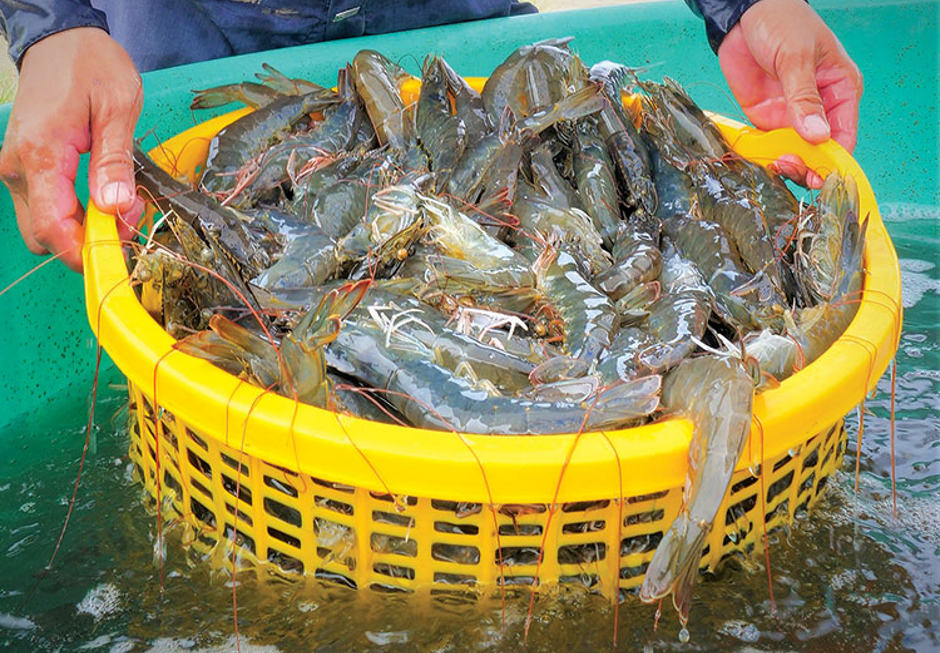
Global Shrimp Forum: Global shrimp trade is reshaping
China’s Import Value Up 10%, Vietnamese Shrimp Remains Among Leading Suppliers
After the 7.5-magnitude offshore earthquake in Aomori that injured 34 people, Japan has issued a warning about a potential mega-earthquake
India’s shrimp exports accelerate despite the trade war with the United States
Portuguese food group acquires 18% stake in cod farming company Norcod
Indonesia implements radioactive-free shrimp certification for exports to the United States
India is world’s second-largest shrimp producer. That is now under threat
Ca Mau’s shrimp industry moves towards “green” growth
Floods devastate aquaculture, processing operations in Vietnam
Ecuador Leads Global Shrimp Exports, Surpassing USD 7 Billion in 2025
India's marine product exports rise 16% as new markets offset US dip
Skretting presents the first shrimp feed with insect meal in Vietnam








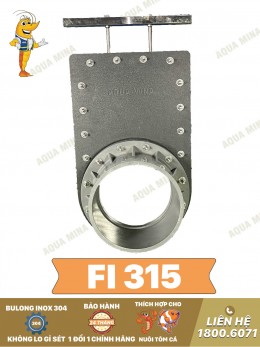
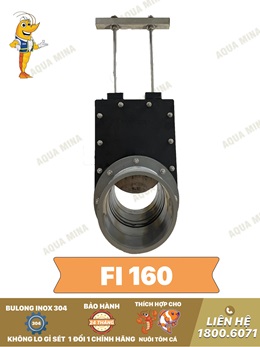


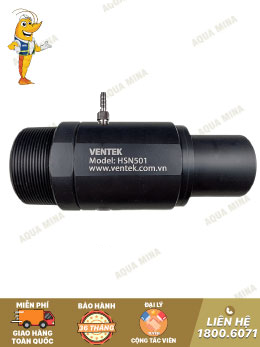
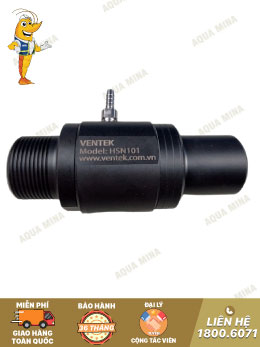

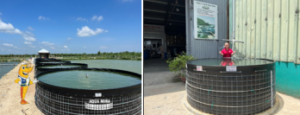
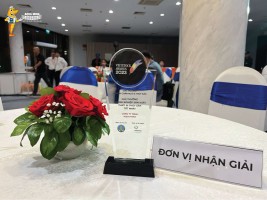


.jpg)